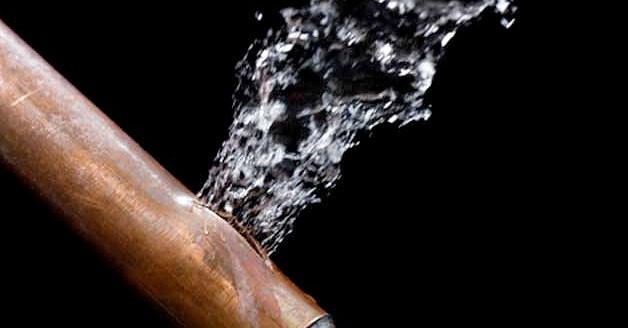Guide To Water Leak Discovery In Your Home
QuoteJust about every person may have their private beliefs when it comes to Finding hidden leaks.

Early detection of leaking water lines can alleviate a possible catastrophe. Some small water leakages might not be visible.
1. Analyze the Water Meter
Every house has a water meter. Inspecting it is a proven way that helps you find leaks. For beginners, shut off all the water resources. Make certain nobody will certainly purge, utilize the faucet, shower, run the cleaning device or dish washer. From there, most likely to the meter and also watch if it will certainly alter. Since nobody is utilizing it, there ought to be no motions. If it relocates, that indicates a fast-moving leak. Similarly, if you spot no changes, wait an hour or more and also inspect back once again. This means you may have a slow-moving leak that could even be underground.
2. Check Water Intake
If you find sudden modifications, despite your usage being the exact same, it means that you have leaks in your plumbing system. An abrupt spike in your expense suggests a fast-moving leak.
A constant increase every month, even with the very same behaviors, shows you have a slow-moving leak that's also slowly escalating. Call a plumber to completely check your building, particularly if you really feel a cozy area on your floor with piping below.
3. Do a Food Coloring Examination
When it comes to water consumption, 30% comes from commodes. If the shade somehow infiltrates your dish during that time without flushing, there's a leak in between the storage tank and dish.
4. Asses Exterior Lines
Do not fail to remember to inspect your outdoor water lines also. Test faucets by connecting a garden tube. Must water seep out of the link, you have a loose rubber gasket. Change this and make sure all connections are limited. If you have actually got an automatic sprinkler, it will certainly help get it properly took a look at and kept yearly. One small leakage can waste lots of water and surge your water bill.
5. Examine the circumstance and examine
House owners ought to make it a practice to check under the sink counters and also even inside cupboards for any bad odor or mold development. These two warnings suggest a leakage so prompt interest is called for. Doing routine evaluations, also bi-annually, can save you from a major issue.
More importantly, if you understand your residence is already old, maintain a watchful eye on your heaters, hoses, pipes and so on. Check for stainings and also compromising as most home appliances as well as pipelines have a life span. They will certainly also normally weaken due to deterioration. If you suspect dripping water lines in your plumbing system, don't await it to escalate. Call a professional plumber immediately so you don't wind up with a horrible mess in your home.
Early discovery of dripping water lines can alleviate a possible catastrophe. Some tiny water leakages might not be noticeable. Examining it is a proven method that helps you discover leaks. One tiny leak can squander tons of water and also spike your water expense.
If you presume leaking water lines in your plumbing system, don't wait for it to intensify.
WARNING SIGNS OF WATER LEAKAGE BEHIND THE WALL
PERSISTENT MUSTY ODORS
As water slowly drips from a leaky pipe inside the wall, flooring and sheetrock stay damp and develop an odor similar to wet cardboard. It generates a musty smell that can help you find hidden leaks.
MOLD IN UNUSUAL AREAS
Mold usually grows in wet areas like kitchens, baths and laundry rooms. If you spot the stuff on walls or baseboards in other rooms of the house, it’s a good indicator of undetected water leaks.
STAINS THAT GROW
When mold thrives around a leaky pipe, it sometimes takes hold on the inside surface of the affected wall. A growing stain on otherwise clean sheetrock is often your sign of a hidden plumbing problem.
PEELING OR BUBBLING WALLPAPER / PAINT
This clue is easy to miss in rooms that don’t get much use. When you see wallpaper separating along seams or paint bubbling or flaking off the wall, blame sheetrock that stays wet because of an undetected leak.
BUCKLED CEILINGS AND STAINED FLOORS
If ceilings or floors in bathrooms, kitchens or laundry areas develop structural problems, don’t rule out constant damp inside the walls. Wet sheetrock can affect adjacent framing, flooring and ceilings.
https://www.servicemasterbyzaba.com/blog/how-to-detect-water-leakage-in-walls/

I was guided to that article on Locating water leaks through an acquaintance on a different site. Sharing is good. Helping people is fun. Many thanks for taking the time to read it.